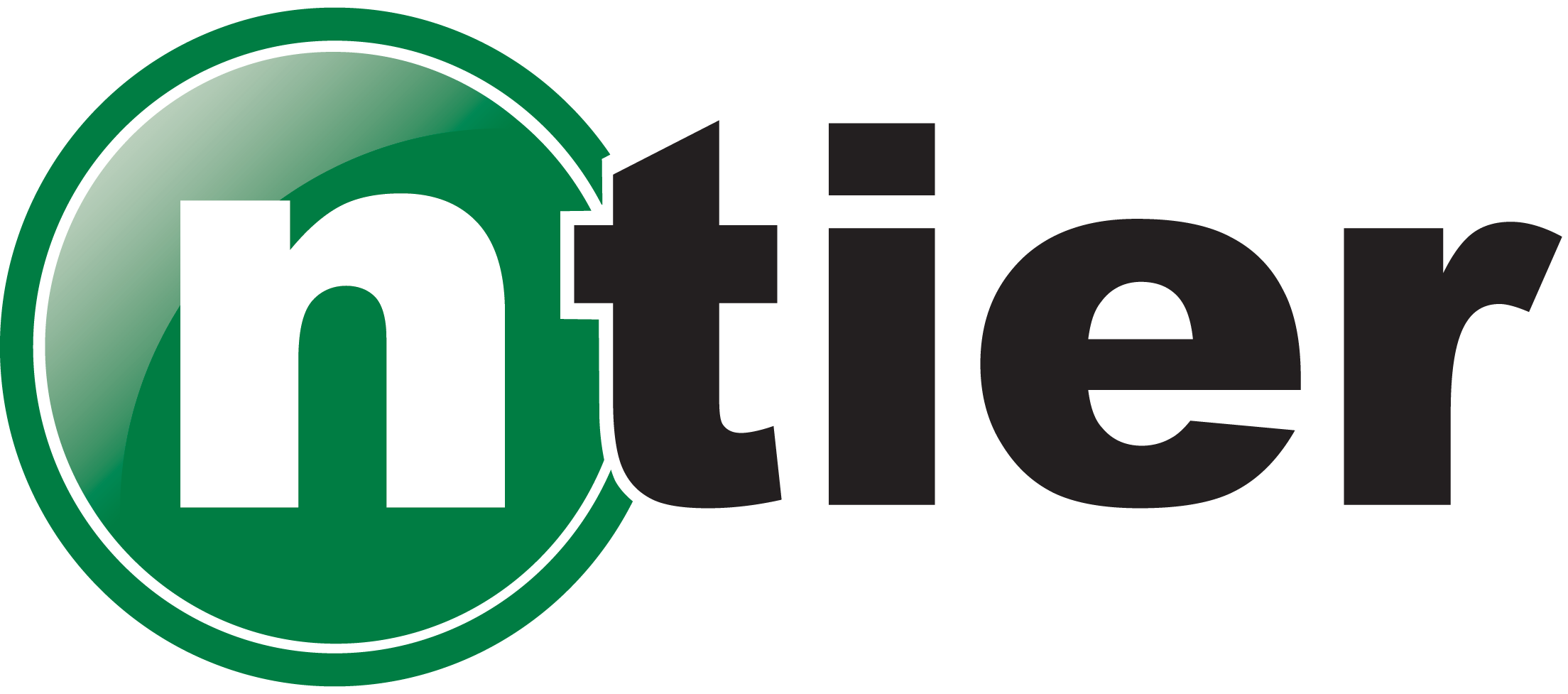Duration: 2 Days
Description
This course is a foundational course for leaders and change agents to understand the principles and practices of SAFe and how to implement them within their organizations. It emphasizes the Lean-Agile Mindset, SAFe Principles, and how to effectively lead and participate in a SAFe transformation. Participants will learn how to organize around value, build Agile Release Trains (ARTs), and foster a culture of continuous improvement and innovation.
Audience
This course is designed for executives, managers, team leads, Agile coaches, and other change agents who are responsible for leading Agile transformations at scale. It is ideal for individuals who will play a role in adopting SAFe across an enterprise, including roles such as Release Train Engineers, Scrum Masters, Product Owners, and Solution Architects.
Objectives
- Articulate the Lean-Agile mindset and its importance in SAFe
- Explain SAFe principles and practices
- Identify the roles and responsibilities within a SAFe organization
- Understand how to organize Agile Release Trains (ARTs) and Solution Trains
- Plan and execute Program Increment (PI) Planning
- Foster relentless improvement and innovation
- Support a Lean-Agile transformation in their organization
- Apply SAFe to enterprise-scale development
Prerequisites
Participants should have a foundational understanding of Agile principles and practices. Experience working in a Lean or Agile environment is recommended. While not required, prior attendance in an Agile framework course (e.g., Scrum or Kanban) or hands-on experience with Agile teams will enhance learning outcomes.
Course Outline
Module 1: Thriving in the Digital Age with Business Agility
- The Digital Age and Business Agility
- SAFe and its Core Competencies
Module 2: Becoming a Lean-Agile Leader
- Embracing a Lean Agile Mindset
- Leading by Example
Module 3: Establishing Team and Technical Agility
- Building Agile Teams
- Applying Built-in Quality
Module 4: Experiencing Program Increment (PI) Planning
- Understanding the Agile Release Train (ART)
- Preparing for PI Planning
- Executing PI Planning
Module 5: Releasing Value with Cadence and Release on Demand
- Implementing the Continuous Delivery Pipeline
- Releasing Value to the Costumer
Module 6: Building Business Solutions and Lean Systems
- Extending to Large Solutions
- Achieving Portfolio Agility
